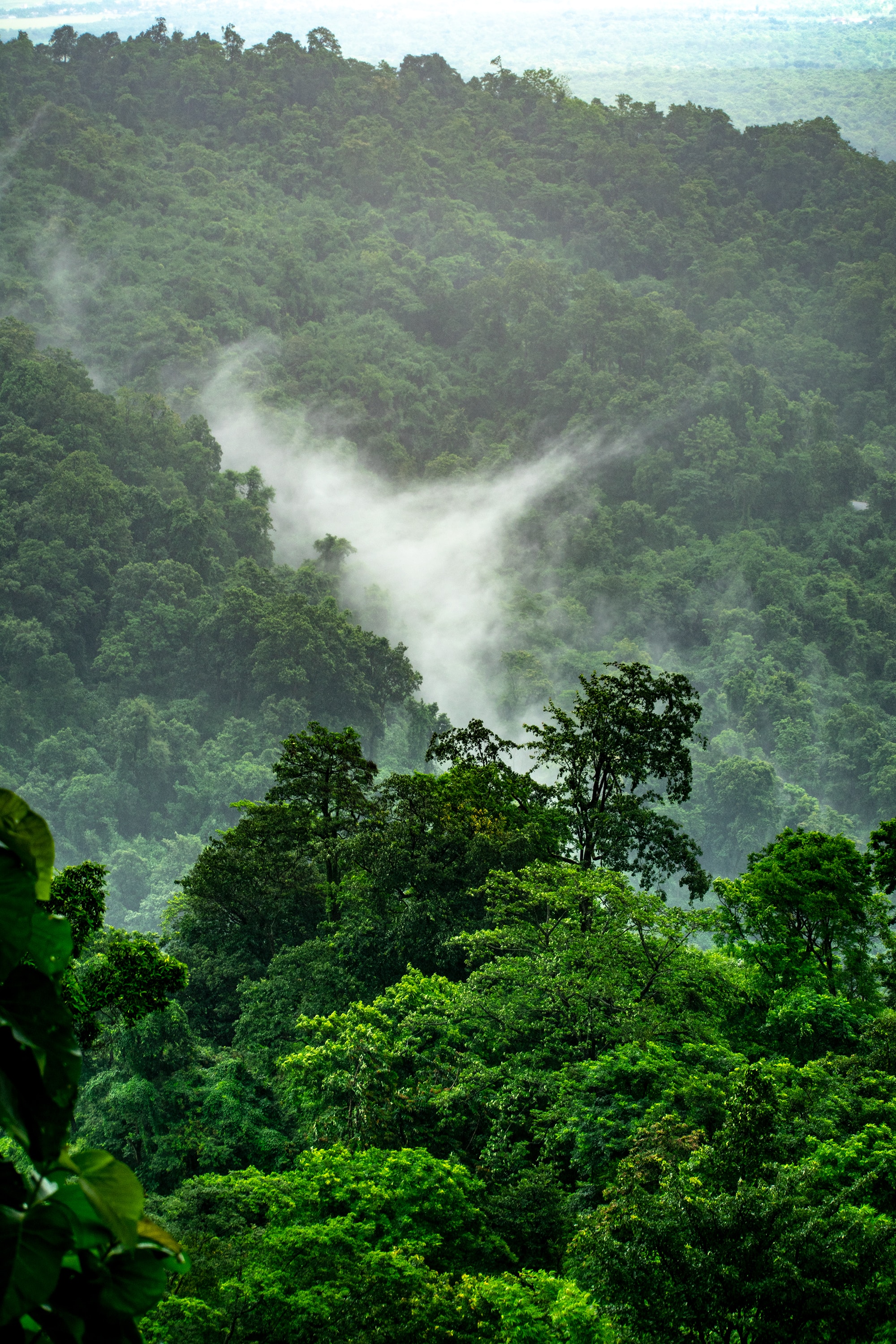I’ve just returned to my family in Brooklyn after spending six weeks in Australia. This trip to the place I grew up in and love was devastating. I woke most mornings to the smell and taste of smoke, even though I was in a city miles from the fire. It was as if my bed was inside a barbecue. The bushfires continue to rage uncontrollably and the world is weeping for the millions of animals that have perished, for the ravaged earth, the homes lost, and the people who have died.

Alongside the grief and outpouring of support for aid organizations, there are the critical public discussions that the catastrophe is the result of global warming. This is a signpost that that even though we are at 100 seconds to doomsday (https://thebulletin.org/doomsday-clock/) with governments asleep at the wheel, people care and it is organized citizens who can mobilize over the climate abyss and create a future built on a caretaker relationship to the earth. These regular folk can make equitable prosperity, a sexy and electric future of clean air, healthy food no matter where you live, and a lush reforested planet a reality.
I’m no Pollyanna. I see that many businessmen and politicians are excited to continue heating the planet with fossil fuels. The US, Russian and Chinese governments are going nuts to drill in the Arctic waters; the Australian government has given the Indian company Adani permission to exploit the Great Barrier Reef and thrown in unlimited and free access to our artesian water supply for good measure. Attempting to understand why we’re here I’ve taken a deep dive into the history of colonialism, our own culpability, and our collective patterns of bottomless consumption. Learning more about the past has opened doors to what we can do, to the solutions that can be implemented today and everyday until we’re driving down those golden solar powered highways with mama earth sufficiently cooled down.
I’ve shifted from feelings of helplessness towards the status quo and the drone of business as usual to feelings of empowerment. I’ve tuned into the way forward: First Nations leaders, regenerative farmers, green techies, B-Corps executives, and so many more amazing folks who are offering inspiration and practical guidance to what we can do in our own lives and what large scale projects we can get behind. We have an emerging and living blueprint of how to live ethically and joyfully and how to provide a healthy world for future generations.
I am seeing superheroes like Jadav Payeng: the Forest Man of India who spent three decades planting trees, a solo project of love. I’m seeing the grassroots organization Tree Sisters who are inspiring a breathtaking reforestation revolution of their own. In addition to the planting they are empowering women with jobs and leadership roles. They have funded over 7 million trees across projects in Kenya, Madagascar, Brazil, Cameroon, Nepal, and India. They have a goal to achieve the planting of 1 billion trees annually through monthly, one-time and partnership donations. Yeh baby!
The Rainforest Coalition is also highly effective. This research paper from the Founders Pledge) has concluded that they are one of the most impactful charities in the environmental space. They stand out because of the outsized leverage of their presence at key international negotiations like the United Nations Climate Conference. They were instrumental in securing an agreement on forestry in the Paris Agreement in 2015.

For one stop schooling head to Project Drawdown. Here you’ll find a climate action for everyone from Grandma to your stock broker. It helps to put a lot of the pieces of the puzzle together. There is a list of solutions with how effective they are in drawing carbon from the atmosphere. A top solution is actually educating women. I found it invaluable and galvanizing.
How did I find out about these rocking everyday people and organizations? I started talking about the emotional impact of the fires were having on me. Friends rallied to my support and started sharing the good they knew of or shared that they too were hurt and confused by climate inaction, but they knew of this person or that group. I learned of “Sand Talk: How Indigenous Thinking Can Save the World”, by Dr. Tyson Yunkaporta Ed.D., MD., MEd. He honors indigenous knowledge systems, brings clarity to complexity and teaches us to think differently.
My acupuncturist told me about Dr. Saul Griffith Ph.D., M.S., M., Eng and ideas to decarbonate the future by reinvigorating the US manufacturing sector, innovative financing for electric vehicles. Infrastructure, infrastructure, infrastructure. Another Irish friend is petitioning the UN to have a holiday honoring Saint Brigid – a poet, a midwife, and a herbalist. Herstory past, present, future the antidote to inertia.
It’s 100 seconds to midnight and it’s thrilling. Every person on the planet can step into their power and be the change. If you are overwhelmed, talk to someone, reach out for support and ideas. It’s a collective evolution! If you’re a lawyer you can work to upgrade building codes, lobby governments, donate money, if you are a government worker you can strike on Fridays, learn to meditate, get bee -curious! My daily work is to meditate, because this helps me think differently and change patterns; to support the Uluru Statement of the Heart, a project to deliver sovereignty to First Nations people in Australia; and to be a Tree Sister.
PS – Earth Day is going to be huge this year – woo-hoo! It’s the 50th anniversary, and the youth have planned a massive party inside a day of action. Who says saving the planet has to be dull?


